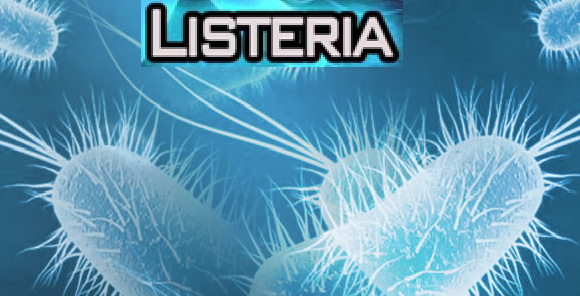Cornell University food scientists have discovered five previously unknown and novel relatives of Listeria (Catharine R. Carlin et al., Listeria cossartiae sp. nov., Listeria immobilis sp. nov., Listeria portnoyi sp. nov. and Listeria rustica sp. nov., isolated from agricultural water and natural environments, International Journal of Systematic and Evolutionary Microbiology (2021). Volume 71, Issue 5). The soil and water samples resulted in 27 Listeria isolates that could not be classified to the species level. All of the novel species described here could not be placed into any existing species based on sigB sequence data. Of the five novel species, three clusters with the Listeria sensu strict clade and two clusters with sensu lato. One of the novel species, L. immobilis, lacked motility. Another of the novel sensu strict species, designated L. cossartiae sp. Nov. The two proposed novel sensu lato species are Listeria portnoyi sp. nov. Listeria rustica sp. nov. All five novel species are non-haemolytic. The discovery could help to identify potential growth niches that until now may have been overlooked. It will help understand the diversity of Listeria will help laboratories avoid confusion and errors, explain false positives, and help solve foodborne outbreaks. @ https://www.microbiologyresearch.org/content/journal/ijsem/10.1099/ijsem.0.004795
Five new species of Listeria were discovered in soil and water
A total of 27
Listeria
isolates that could not be classified to the species level were obtained from soil samples from different locations in the contiguous United States and an agricultural water sample from New York. Whole-genome sequence-based average nucleotide identity blast (ANIb) showed that the 27 isolates form five distinct clusters; for each cluster, all draft genomes showed ANI values of <95 % similarity to each other and any currently described
Listeria
species, indicating that each cluster represents a novel species. Of the five novel species, three cluster with the Listeria sensu stricto clade and two cluster with sensu lato. One of the novel sensu stricto species, designated L. cossartiae sp. nov., contains two subclusters with an average ANI similarity of 94.9%, which were designated as subspecies. The proposed three novel sensu stricto species (including two subspecies) are Listeria farberi sp. nov. (type strain FSL L7-0091T=CCUG 74668T=LMG 31917T; maximum ANI 91.9 % to
L. innocua
), Listeria immobilis sp. nov. (type strain FSL L7-1519T=CCUG 74666T=LMG 31920T; maximum ANI 87.4 % to
L. ivanovii
subsp.
londoniensis
) and Listeria cossartiae sp. nov. [subsp. cossartiae (type strain FSL L7-1447T=CCUG 74667T=LMG 31919T; maximum ANI 93.4 % to
L. marthii
) and subsp. cayugensis (type strain FSL L7-0993T=CCUG 74670T=LMG 31918T; maximum ANI 94.7 % to
L. marthii
). The two proposed novel sensu lato species are Listeria portnoyi sp. nov. (type strain FSL L7-1582T=CCUG 74671T=LMG 31921T; maximum ANI value of 88.9 % to
L. cornellensis
and 89.2 % to
L. newyorkensis
) and Listeria rustica sp. nov. (type strain FSL W9-0585T=CCUG 74665T=LMG 31922T; maximum ANI value of 88.7 % to
L. cornellensis
and 88.9 % to
L
.
newyorkensis
). L. immobilis is the first sensu stricto species isolated to date that is non-motile. All five of the novel species are non-haemolytic and negative for phosphatidylinositol-specific phospholipase C activity; the draft genomes lack the virulence genes found in
Listeria
pathogenicity island 1 (LIPI-1), and the internalin genes inlA and inlB, indicating that they are non-pathogenic.

